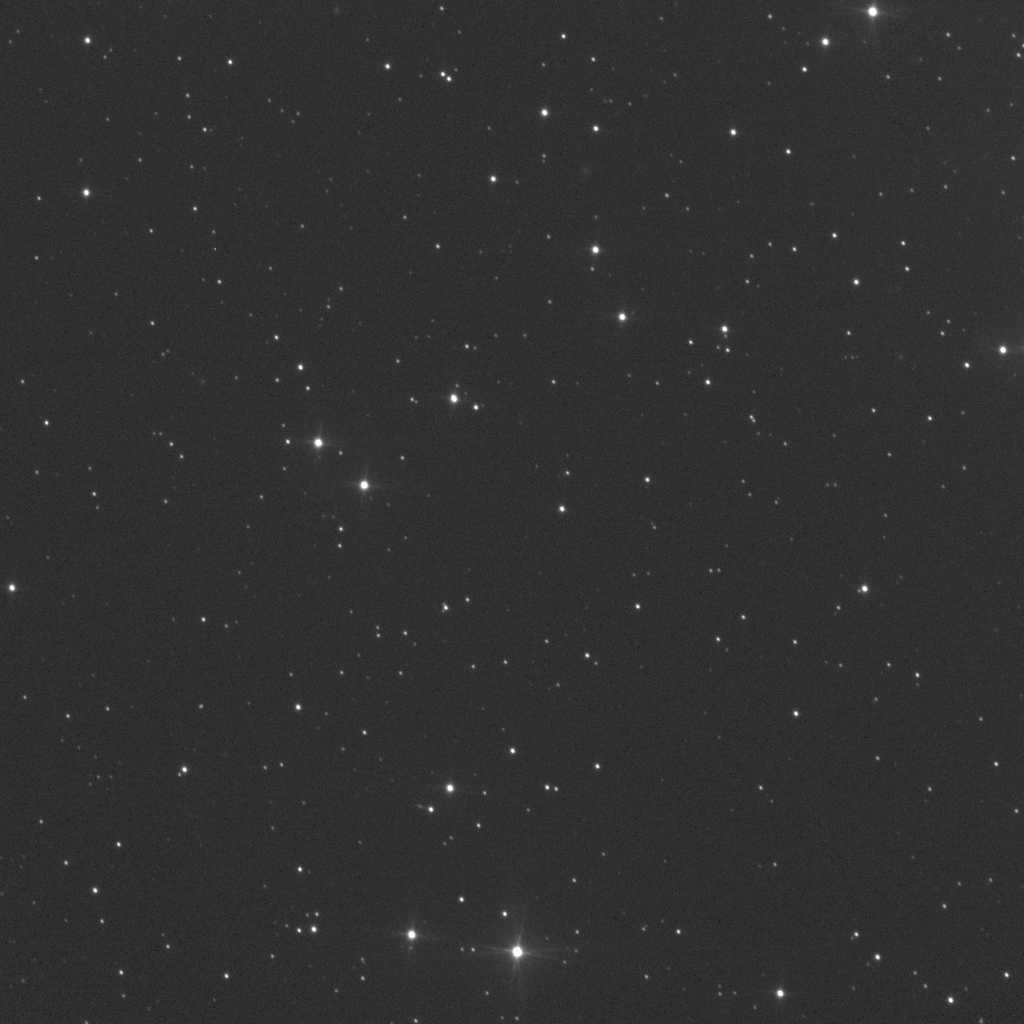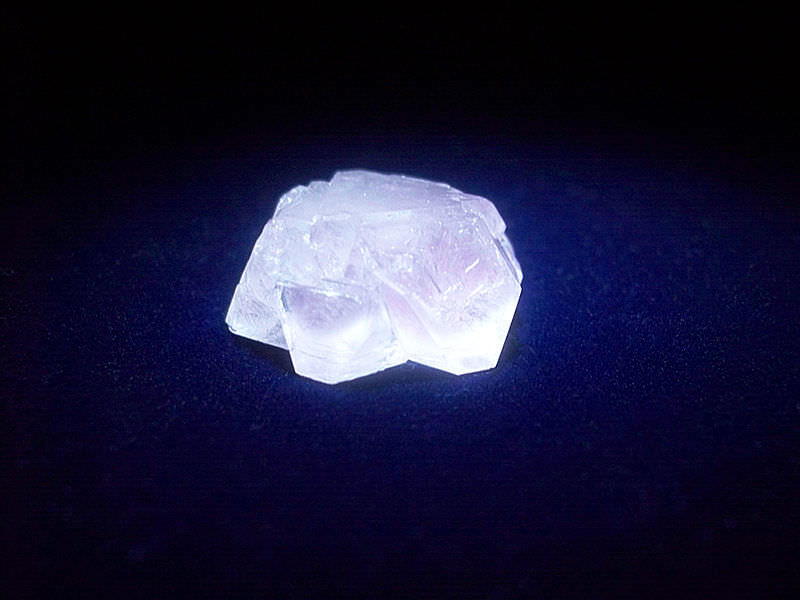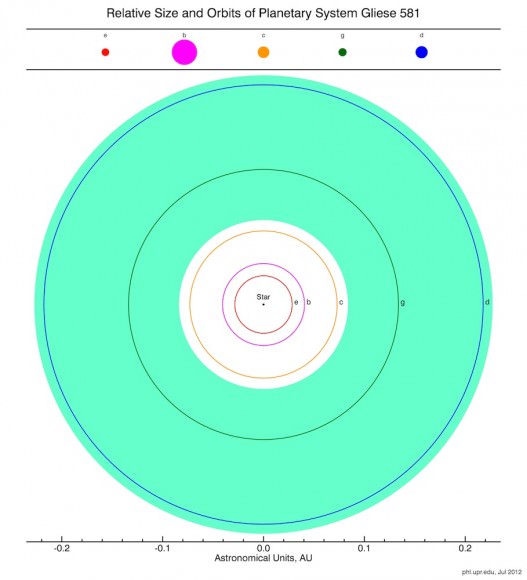Greetings, fellow SkyWatchers! Are you ready for a week filled with alternative astronomical observing studies? If so, you’ll enjoy looking at some unusual stars and star clusters. If you want to keep things cool, then come along as we mine for lunar ice. Feeling a bit more lazy? Then kick back and enjoy the Delta Aquarid meteor shower or just step out after sunset and enjoy a splendid conjunction! It’s all here… Just head outside!
Monday, July 23 – Tonight we’ll launch our imaginations as we view the area around Mare Crisium and have a look at this month’s lunar challenge – Macrobius. You’ll find it just northwest of the Crisium shore. Spanning 64 kilometers in diameter, this Class I impact crater drops to a depth of nearly 3600 meters – about the same as many of our earthly mines. Its central peak rises up 1100 meters, and may be visible as a small speck inside the crater’s interior. Be sure to mark your lunar challenges and look for other features you may have missed before!
Now, relax and let’s talk until the Moon sets…
As we know most stars begin life in stellar nurseries and end life either alone or in very small groups as doubles or multiple stars. Tonight we can have a look at a group of young stars beginning their stellar evolution and end with an old solitary elder preparing to move on to an even “higher realm.” Open cluster IC 4665 (Right Ascension: 17 : 46.3 – Declination: +05 : 43) is easily detected with just about any optical aid about a finger-width north-northeast of Beta Ophiuchi. Discovered by Philippe Loys de Cheseaux in the mid-1700s, this 1400 light-year distant cluster consists of about 30 mixed magnitude stars all less than 40 million years of age. Despite its early discovery, the cluster did not achieve broad enough recognition for Dreyer to include it in the late 19th century New General Catalog and it was later added as a supplement to the NGC in the Index Catalog of 1908. Be sure to use low power to so see all of this large group.
About three finger-widths north-northeast of IC 4665 is a study that did make Dreyer’s catalogue – NGC 6572 (Right Ascension: 18 : 12.1 – Declination: +06 : 51). This 9th magnitude planetary is very small – but intense. Like the “Cat’s Eye” in Draco, and NGC 6210 in Hercules, this planetary can take a lot of magnification. Those with large scopes should look for a small, round, blue inner core encased is a faint shell. A challenge to find? You bet. Worth the work? Sometimes working for something makes it all the more fun!
Tuesday, July 24 – As our observing evening begins, be sure to look for one of the finest conjunctions of the year! Hovering around the waxing crescent Moon like bees drawn to a hive, you’ll find Mars to the upper right and Spica to the upper left (northwest and northeast respectively). To Spica’s upper right, you’ll find Saturn joining the show, too! This is a very “photogenic” opportunity…
With plenty of Moon to explore tonight, why don’t we try locating an area where many lunar exploration missions made their mark? Binoculars will easily reveal the fully disclosed areas of Mare Serenitatis and Mare Tranquillitatis, and it is where these two vast lava plains converge that we will set our sights. Telescopically, you will see a bright “peninsula” westward of where the two conjoin which extends toward the east. Just off that look for bright and small crater Pliny. It is near this rather inconspicuous feature that the remains Ranger 6 lie forever preserved where it crashed on February 2, 1964.
Unfortunately, technical errors occurred and it was never able to transmit lunar pictures. Not so Ranger 8! On a very successful mission to the same relative area, this time we received 7137 “postcards from the Moon” in the last 23 minutes before hard landing. On the “softer” side, Surveyor 5 also touched down near this area safely after two days of malfunctions on September 10, 1967. Incredibly enough, the tiny Surveyor 5 endured temperatures of up to 283 degrees F, but was able to spectrographically analyze the area’s soil… And by the way, it also managed to televise an incredible 18,006 frames of “home movies” from its distant lunar locale.
Wednesday, July 25 – Today in 1971, Apollo 15 was launched on its way towards the Moon, and we’ll continue our celebration of space exploration and walk on the Moon where the first man set foot. For SkyWatchers, the dark round area you see on the northeastern limb is Mare Crisium and the dark area below that is Mare Fecunditatis. Now look mid-way on the terminator for the dark area that is Mare Tranquillitatis. At its southwest edge, history was made.
In binoculars, trace along the terminator where the Caucasus Mountains stand – and then south for the Apennines and the Haemus Mountains. As you continue towards the center of the Moon, you will see where the shore of Mare Serenitatis curves east, and also the bright ring of Pliny. Continue south along the terminator until you spot the small, bright ring of Dionysius along the edge of Mare Tranquillitatis. Just to the southwest, you may be able to see the soft rings of Sabine and Ritter. It is near here where the base section of the Apollo 11 landing module – Eagle – lies forever enshrined in “magnificent desolation.”
For telescope users, the time is now to power up! See if you can spot small craters Armstrong, Aldrin and Collins just east. Even if you cannot, the Apollo 11 landing area is about the same distance as Sabine and Ritter are wide to the east-southeast. Even if you don’t have the opportunity to see it tonight, take the time during the next couple of days to point it out to your children, grandchildren, or even just a friend… The Moon is a spectacular world and we’ve been there!
Tonight let’s have a look with our eyes first at Delta Ophiuchi. Known as Yed Prior (“The Hand”), look for its optical double Epsilon to the southeast: Yed Posterior. Now have a look in binoculars or a telescope at absolute minimum power for another undiscovered gem…
Delta Ophiuchi is 170 light-years from us, while Epsilon is 108 – but look at the magnificent field they share. Stars of every spectral type are in an area of sky which could easily be covered by a small coin held at arm’s length. Enjoy this fantastic field – from the hot, blue youngsters to the old red giants!
Thursday, July 26 – Long before the Sun sets, look for the Moon to appear in the still-blue sky. As it darkens, watch for shadows on the surface. Have you ever wondered if there was any place on the lunar surface that hasn’t seen the sunlight? Then let’s go searching for one tonight…
Our first order of business will be to identify crater Albategnius. Directly in the center of the Moon is a dark floored area known as Sinus Medii. South of it will be two conspicuously large craters – Hipparchus to the north and ancient Albategnius to the south. Trace along the terminator toward the south until you have almost reached its point (cusp) and you will see a black oval. This normal looking crater with the brilliant west wall is equally ancient crater Curtius. Because of its high southern latitude, we shall never see the interior of this crater – and neither has the Sun! It is believed that the inner walls are quite steep and that Curtius’ interior has never been illuminated since its formation billions of years ago. Because it has remained dark, we can speculate that there may be “lunar ice” pocketed inside its many cracks and rilles that date back to the Moon’s formation!
Because our Moon has no atmosphere, the entire surface is exposed to the vacuum of space. When sunlit, the surface reaches up to 385 K, so any exposed “ice” would vaporize and be lost because the Moon’s gravity cannot hold it. The only way for “ice” to exist would be in a permanently shadowed area. Near Curtius is the Moon’s south pole, and the Clementine spacecraft’s imaging showed around 15,000 square kilometers in which such conditions could exist. So where did this “ice” come from? The lunar surface never ceases to be pelted by meteorites – most of which contain water ice. As we know, many craters were formed by just such impacts. Once hidden from the sunlight, this “ice” could remain for millions of years!
Friday, July 27 – Tonight let’s skip the Moon and take a look at an astounding system called 36 Ophiuchi, located about a thumb’s width southeast of Theta. Situated in space less than 20 light-years from Earth, even small telescopes can split this pair of 5th magnitude K type giants very similar to our own Sun, and larger telescopes can also pick up the C component as well. 36 Ophiuchi B is also known as system 544…because it has what could very likely be a planet in a habitable zone!
Now we’ll have a look at a beautifully contrasting pair of stars – Zeta 1 and 2 Scorpii. You’ll find them a little less than a handspan south-southeast of Antares and at the western corner of the J of the constellation’s shape.
Although the two Zetas aren’t a true physical pair, they are nonetheless interesting. The easternmost, orange sub-giant Zeta 2 appears far brighter for a reason… It’s much closer at only 155 light-years away. But, focus your attention on western Zeta 1. It’s a blue supergiant that’s around 5700 light-years away and shines with the light of 100,000 suns and exceeds even Rigel in sheer power! The colorful pair is easily visible as two separate stars to the unaided eye, but a real delight in binoculars or a low power telescope field. Check them out tonight!
Saturday, July 28 – Tonight let’s continue our studies of the lunar poles by returning to previous study crater Plato. North of Plato you will see a long horizontal area with a gray floor – Mare Frigoris. North of it you will note a double crater. This elongated diamond-shape is Goldschmidt and the crater which cuts across its western border is Anaxagoras. The lunar north pole isn’t far from Goldschmidt, and since Anaxagoras is just about one degree outside of the Moon’s theoretical “arctic circle” the lunar sun will never go high enough to clear the southernmost rim.
On March 5, 1998, NASA announced that Lunar Prospector’s neutron spectrometer data showed that water ice had been discovered at both lunar poles. The first results showed the ice was mixed in with lunar regolith (soil, rocks and dust), but long term data confirmed near pure pockets hidden beneath about 40 cm of surface material – with the results being strongest in the northern polar region. It is estimated there may be as much as 6 trillion kg (6.6 billion tons) of this valuable resource! If this still doesn’t get your motor running, then realize that without it, we could never establish a manned lunar base because of the tremendous expense involved in transporting our most basic human need – water.
The presence of lunar water could also mean a source of oxygen, another vital material we need to survive! And for returning home or voyaging further, these same deposits could provide hydrogen which could be used as rocket fuel. So as you view Anaxagoras tonight, realize that you may be viewing one of mankind’s future “homes” on a distant world!
Now grab a comfortable seat because the Delta Aquarid meteor shower reaches its peak tonight. It is not considered a prolific shower, and the average fall rate is about 25 per hour – but who wouldn’t want to take a chance on observing a meteor about every 4 to 5 minutes? These travelers are considered to be quite slow, with speeds around 24 kilometers per second and are known to leave yellow trails. One of the most endearing qualities of this annual shower is its broad stream of around 20 days before and 20 days after peak. This will allow it to continue for at least another week and overlap the beginning stages of the famous Perseids.
The Delta Aquarid stream is a complicated one, and a mystery not quite yet solved. It is possible that gravity split the stream from a single comet into two parts, and each may very well be a separate stream. One thing we know for certain is they will seem to emanate from the area around Capricornus and Aquarius, so you will have best luck facing southeast and getting away from city lights. Although the Moon will interfere, just relax and enjoy a warm summer night. It’s time to catch a “falling star!”
Sunday, July 29 – Tonight let’s take an entirely different view of the Moon as we do a little “mountain climbing!” The most outstanding feature on the Moon will be the emerging Copernicus, but since we’ve delved into the deepest areas of the lunar surface, why not climb to some of its peaks?
Using Copernicus as our guide, to the north and northwest of this ancient crater lie the Carpathian Mountains, ringing the southern edge of Mare Imbrium. As you can see, they begin well east of the terminator, but look into the shadow! Extending some 40 kilometers beyond the line of daylight, you will continue to see bright peaks – some of which reach 2072 meters high! When the area is fully revealed tomorrow, you will see the Carpathian Mountains eventually disappear into the lava flow that once formed them. Continuing onward to Plato, which sits on the northern shore of Imbrium, we will look for the singular peak of Pico. It is between Plato and Mons Pico that you will find the scattered peaks of the Teneriffe Mountains. It is possible that these are the remnants of much taller summits of a once stronger range, but only around 1890 meters still survives above the surface.
Time to power up! Lather, rinse and repeat until you know these by heart… To the west of the Teneriffes, and very near the terminator, you will see a narrow series of hills cutting through the region west-southwest of Plato. This is known as the Straight Range – Montes Recti – and some of its peaks reach up to 2072 meters. Although this doesn’t sound particularly impressive, that’s over twice as tall as the Vosges Mountains in central Europe and on the average very comparable to the Appalachian Mountains in the eastern United States. Not bad!
Now head about a palm’s width east of our previous study star – Zeta Scorpii – for lovely Theta. Named Sargas, this 1.8 magnitude star resides around 650 light-years distant in a very impressive field of stars for binoculars or a small telescope. While all of these are only optical companions, the field itself is worth a look – and worth remembering for the future.
About three fingerwidths north is true double Lambda Scorpii, also known as Shaula (The Sting). As the brightest known star in its class, 1.6 magnitude Lambda is a spectroscopic binary which is also a variable of the Beta Canis Majoris type, changing ever so slightly in little more than 5 hours. Although we can’t see the companion star, nearby is yet another that will make learning this starhop “marker” worth your time.
Until next week? Ask for the Moon, but keep on reaching for the stars!

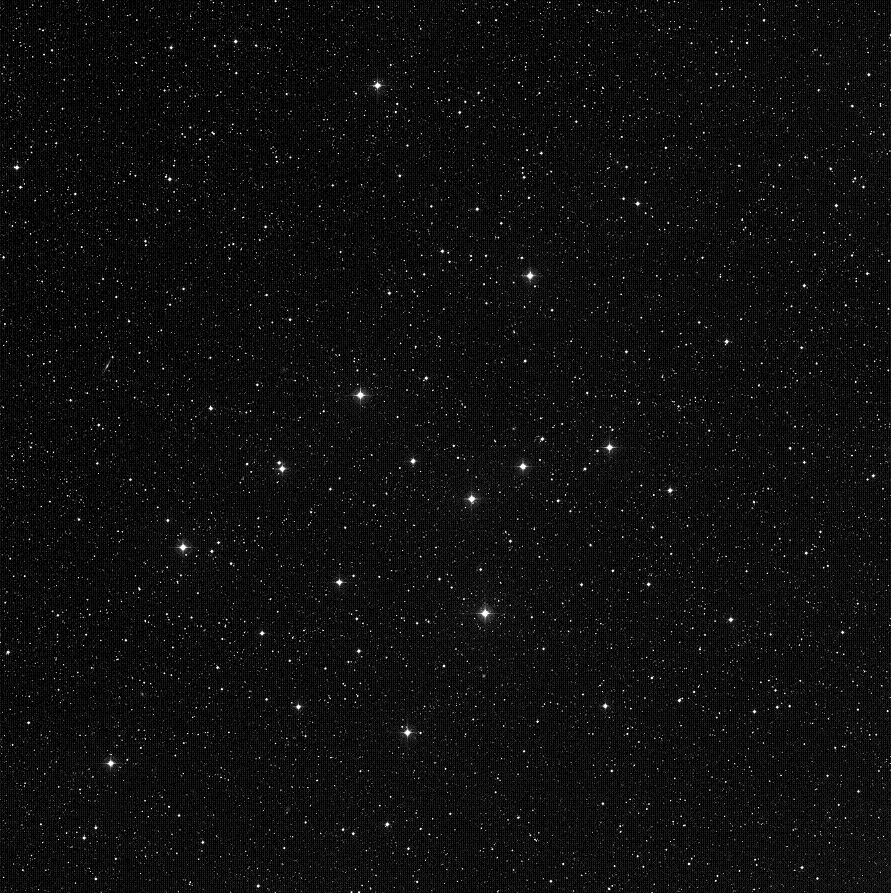



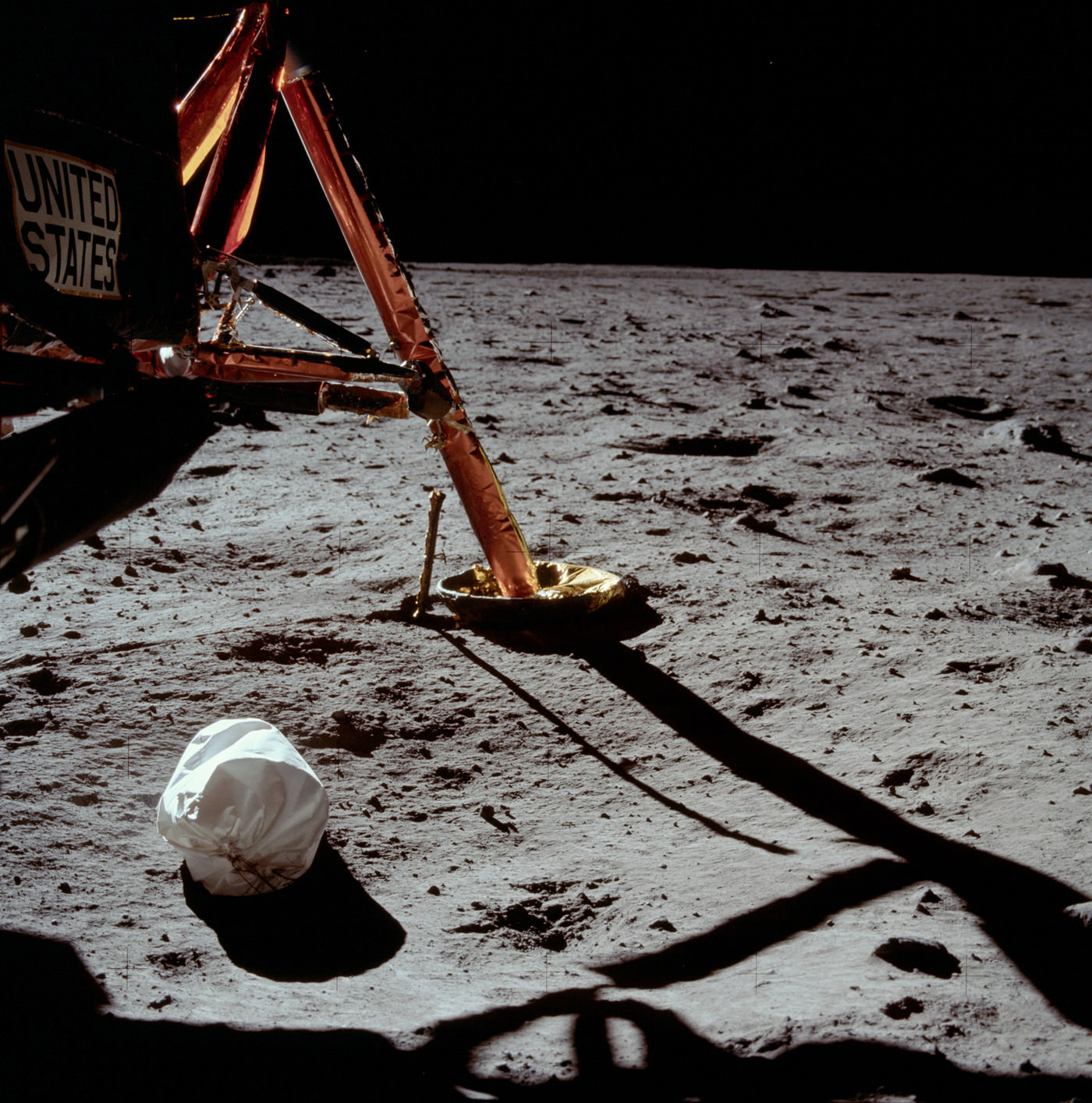
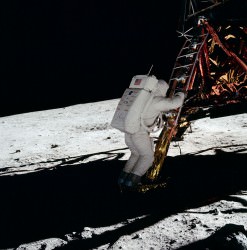 After this image, Armstrong took several more images of the surrounding landscape before fellow astronaut Edwin “Buzz” Aldrin, Jr. exited the module as well. The third man on the mission, Michael Collins, remained in lunar orbit piloting the command module Columbia.
After this image, Armstrong took several more images of the surrounding landscape before fellow astronaut Edwin “Buzz” Aldrin, Jr. exited the module as well. The third man on the mission, Michael Collins, remained in lunar orbit piloting the command module Columbia.